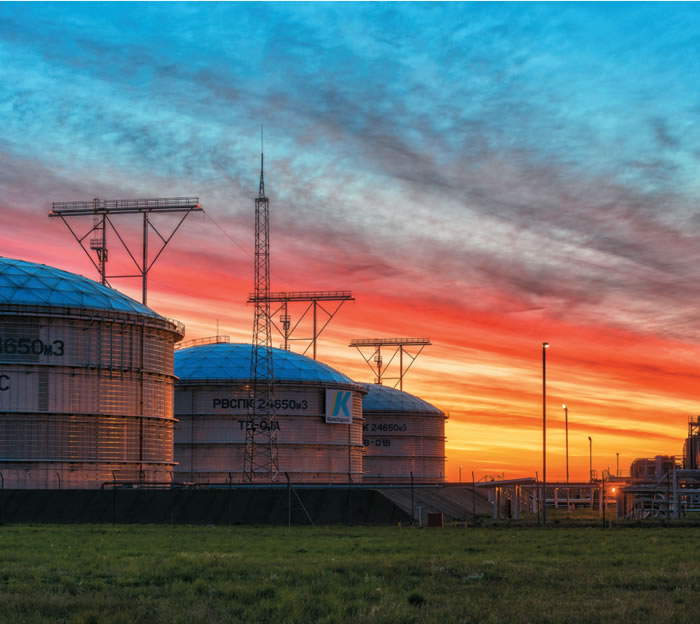Result of the Year
The New Oil Reality
Oil prices
Sustainable recovery in world oil prices became one of the trends of 2017. As of January of last year, a barrel of Brent was worth 55 USD, in the first half of the year it only became cheaper, down to 47.9 in June. But in the summer suddenly it went into the growth, and in December the monthly average value amounted to 66.9 dollars per barrel.
This trend naturally caused a significant activity on the market, oil and gas companies begun to revive frozen earlier investment programs when planning budgets for 2018. After all, over last 2-3 years low oil prices had a negative impact on the industry. According to the report of Norwegian company Rystad Energy, total reserves of all new oil and gas fields, discovered in 2017, were minimal in the history of counting at 6.7 billion barrels of oil equivalent. While about 1 billion barrels from the mentioned numbers will never be recovered, because their production is unprofitable, say experts. “We haven’t seen anything like this since the 1940s,” says Sonia Mladá Passos, Senior Analyst at Rystad Energy. - We need to realize that such a low number of discovered fields represents the greatest threat to oil supplies in the ten-year term.”
An average discovery in 2017 held around 100 mln barrels of oil equivalent, compared to 150 mln barrels in 2012. The most worrisome for the experts is the fact that the reserve replacement ratio of the new fields reached only 11%. In 2012 this figure was more than 50%. At the same time, last successful attempt to compensate declining field took place in 2006.
Surprisingly, but the rise of oil prices in 2017, almost did not affect the currency rate of the Kazakhstani national currency tenge. Over the year the currency traded against the dollar in the range of 325 to 335 per US dollar. The Chairman of the National Bank Daniyar Akishev commented on this situation calling it the delayed effect from higher oil prices. But the unwillingness of large exporters in the country to return and trade currency earnings at the exchange. According to him, today the 25 largest companies generate 75% of the country’s export earnings. If in 2013 on the domestic foreign exchange market exporters sold around 40 billions US dollars, and 10 billion overall in 2016. At the moment of the comments by the Head of the National Bank there was no data for 2017, but there is every reason to believe that this trend continues.
It is no coincidence that during a national teleconference dedicated to the opening of the new industrial productions in early December of 2017, the President Nursultan Nazarbayev ordered the Government to return the funds of domestic companies from abroad. “18 domestic companies hold 12.5 billion dollars abroad, said the Head of State. - Tengizchevroil - 4.5 billion dollars. KazMunayGas - 3 billion dollars. KazMunaiGas EP - 2 billion dollars. Asia Gas Pipeline - over a billion dollars. Beineu-Shymkent gas pipeline - 100 million. And so on.” "Return the money and keep them in Kazakhstan. What kind of warranty do you need? Laws, decrees? I will do it. If you won’t do this, we will do it ourselves. Don't be offended", added the President.
As noted by Nursultan Nazarbayev, just in the first half of the year the State-controlled companies increased funds held overseas from 2 to 6 billion dollars. "I instruct the Government as the shareholder: figure it out and report to me. We will talk to each one, each one”, the President addressed the Prime Minister Bakytzhan Sagintayev. “If you won’t do it, I warn you that then I will work differently on how to return the money”, said Nursultan Nazarbayev.




